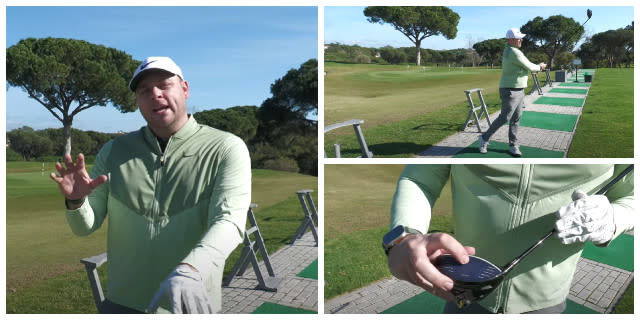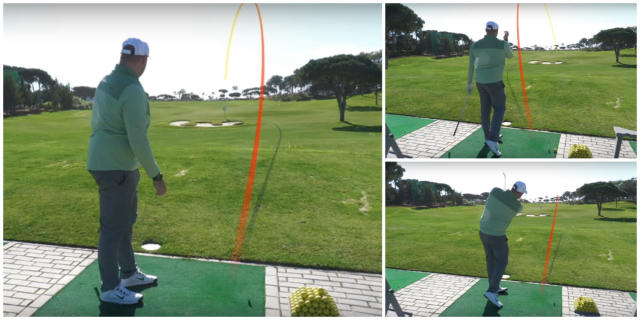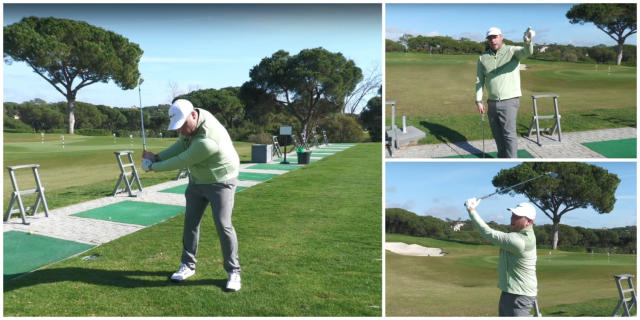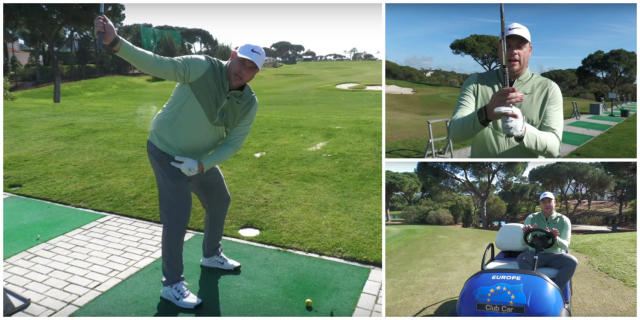Rules: Before Commencing a Round
Resident rules expert, Barry Rhodes offers some tips on what to do before commencing a competitive round of golf and where the rules come in to play.
I strongly recommend that whenever you play a serious round of competitive golf you plan to arrive at the course at least thirty minutes before your starting time. This will ensure that you have time in hand to deal with any unexpected journey delay (it happens!) and will help you to relax and focus before commencing your round. It could also prevent you from incurring a totally unnecessary penalty. Rule 6-3 states that if the player arrives at his starting point, ready to play, within five minutes after his starting time, the penalty for failure to start on time is loss of the first hole in match play or two strokes at the first hole in stroke play. The penalty for arriving more than five minutes late is disqualification.
Pre round prep - scorecard, format, handicaps
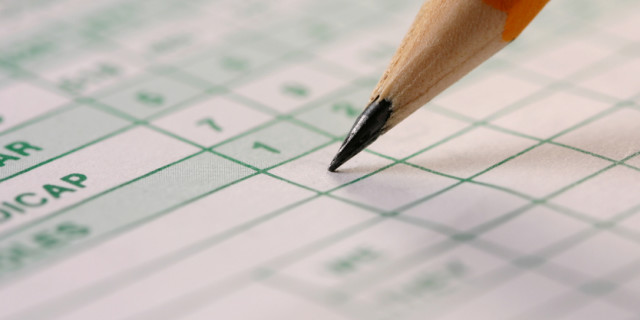
When you do arrive with time to spare there are several Rules related tasks that you should complete. Collect your score card and check that it contains your name, the date and your full handicap, in case you forget to enter them when you finish your round. Remember that it is always your full handicap that has to be entered on your score card, even if you are playing a shortened course competition, or are in a four-ball competition where a reduced percentage of your handicap might apply (e.g. 90%), Rule 6-2b. Confirm the exact format of the competition that you are about to play, and the tee markers that you are to play from. For example, is it strokes, Stableford or bogey (vPar)? Is it foursomes of four-ball better ball? Are you playing from the blue, white stakes or yellow stakes? I cannot be the only golfer that has incurred a penalty stroke for lifting my ball on the first putting green, thinking that I could not score any Stableford points, and then being informed that it was a strokes competition!
Any local rules to know about?
My next tip will be familiar to those of you that regularly read my weekly blogs on the Rules of Golf. Carefully read the Local Rules that are in operation. They can usually be found on the back of the score card, but there may be additional temporary Local Rules on the course notice board or in the Pro Shop. Before you tee off at the first hole you need to know whether preferred lies are in operation, whether you may drop away from staked trees, whether you may remove stones from bunkers, whether you may take line of play relief from sprinkler heads close to the putting green, whether any immovable obstructions have been made integral parts of the course (as with the road on the 17th hole at St. Andrews), and so on.
If you don’t already carry a copy of the Rules of Golf book in your golf bag I recommend that you purchase one straight away. Every player is responsible for knowing the Rules and you should spend a few spare minutes every now and again acquainting yourself with them. Being able to reference the Rules book during a round can assist you in avoiding needless penalties.
Of course, you should also prepare for your round by warming up with a few stretches, taking a few swings in the driving nets and getting a feel for the pace of the greens on the practice putting green. You may not practice on the competition course before a round on any day of a stroke play competition, but you may practice putting and chipping on or near the first teeing ground.
Remember to mark your ball
My top tip is to take time to check that all the balls in your bag have your personal identification mark on them. Be bold with how you mark your ball so that you can immediately recognise it. In my experience, having a distinct personal identification mark on your golf balls is the easiest way to avoid playing a wrong ball and can save you many penalty strokes over the course of a year. Rule 12-2 states that players should put an identification mark on their ball, but my advice is to make this a must.
Make sure that you are carrying enough balls to complete your round; even the best players lose balls! You might even want to have a mixture of hard balls for the longer holes and soft balls for the short par 3s. The Rules permit you to change balls between holes, but not while you are playing a hole, unless your ball is lost, damaged, or correctly substituted under the Rules. Despite what some players might claim, Decision 5-1/15 confirms that you may borrow balls and any other equipment, other than clubs, from another player.
How many clubs in your bag?
Finally, don’t forget to count the clubs in your bag on the first tee. You must not start a round with more than 14 clubs under any circumstances. It is so easy to forget about that new driver that you were trying out at the range, or the old putter that you took from the garage, or even the club that you picked-up on the course the day before and forgot to hand in. If you leave them in your bag by mistake and you already had 14 clubs, you breach Rule 4-4 and incur the penalty of two strokes for each hole at which any breach occurred with a maximum penalty of four strokes per round.
No Rules, no knowledge; know Rules, know knowledge.
As always, good golfing,
Related Content: golf rules
Article from Barry Rhodes author of the book, ‘999 Questions on the Rules of Golf 2016’
Barry is author of the book, ‘999 More Questions on the Rules of Golf 2016’ and writes a regular blog of miscellaneous content on the rules of Golf at www.barryrhodes.com
Related Video
Barry Rhodes
Barry is author of the book, '999 Updated Questions on the Rules of Golf 2012 - 2015' and writes a regular blog of miscellaneous content on the rules of Golf at www.barryrhodes.com
Latest Articles- Rules: Before Commencing a Round
- Are Rules Made to be Broken?
- Golfing in Bad Weather - Rules to be aware of


